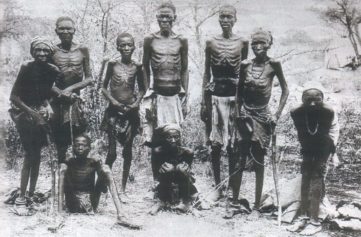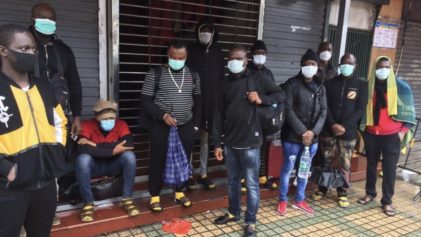According to World Bank data, about 45% of Kenya’s population lives on $1.25 a day. Despite this the luxury market in Kenya is growing at an alarming rate. There is a certain rise in the demand for affluent goods and services, especially among the bludgeoning (sic) middle class in Kenya. Just yesterday, Deacons announced its plans to change strategy and open shop in Roysambu, Thika Road. World acclaimed brands and luxury peddlers like Kentucky Fried Chicken (KFC) have also pitched tent in Kenya, and have build a dedicated customer base. One wonders why the sudden boom in demand for luxury goods in Kenya, a thing that greatly defies the current economic headwinds.
The expansion of this luxury consumption among Kenyans is also evident in the sudden luxury boom in the real estate market. A recent wealth report released by Knight Frank and Citi Private Wealth has Nairobi listed as the city with the fastest growing luxury real estate prices on the planet. Luxury apartments are cropping up month after month, and Kenyans are willing to pay even KES 180,000 or more per month for an unfurnished two bedroom apartment, and sometimes almost half a million per month for a penthouse.
New consumer market frontier
A report by Global Industry Analysts indicates that Kenya is not alone in this luxury boom. It projects that the global luxury goods industry will exceed $307 billion by 2015. The spending culture in Africa is also changing, and a 2010 report by McKinsey & Co. projected a 63% increase in Africa’s household spending. This spending is most definitely driven by a commodity boom in the market, which has been largely pushed by the middle class’ purchasing power. In the case of Kenya for example, the middle class accounts for 24 per cent of the population, according to 2011 data by Kenya Advertising Research Foundation. This population is carrying the retail market on its back with its desire for affluence. If the increase in cars on our roads, malls, fast food chains and the housing sector are anything to go by, then Kenya is experiencing a serious social transformation. In a bid to sate this wave of consumerism sweeping across the continent and increase sales, international retailers from all over the world are eyeing not just Kenya, but Africa as their new consumer market frontier
Luxury fever
While this purchasing power of luxuries can be seen by some as a bellweather of burgeoning economies, it is not entirely a good thing for most Kenyans. It is a power that pushes the rest of the populace to spend more money than they actually have. Robert Frank in his book, Luxury Fever, talks about the attempts to keep up with the rich folks. This luxury boom creates a trickle-down kind of spending where everyone is pushed to consume what the rich middle class are consuming. Porsche peddlers like KFC and Java setting up more shops also means that everyone is exposed to this rich market consumerism. The kind of middle class we have right now is that which desperately wants to keep up with the Joneses.
Generation Y has also joined this luxury docket and a recent report by Youth Dynamix revealed that the youth are spending Sh64 billion annually on clothes and other accessories. Over Sh65 billion of the youth’s money also goes to entertainment and outings annually. The youths, most of who are driven by the need to buy and display are customers for the high-end retailers like Galleria, Prestige Plaza, Nakumatt Junction, Sarit Centre, Westgate, KFC, Lifestyle, Shawarma, Tarbush, Olympic etc.
Most Kenyans are finding themselves taking two jobs or alternative means to fund lifestyles they cannot afford. Others are burying themselves deeper and deeper in debt trying to keep up with this luxury boom. But faced with such affluence, what is a Kenyan to do? Perhaps what one has to live by are the words of Caroline Mutoko , “What you can’t afford, do without.”
Source: Ndinda, Pesa Talk


